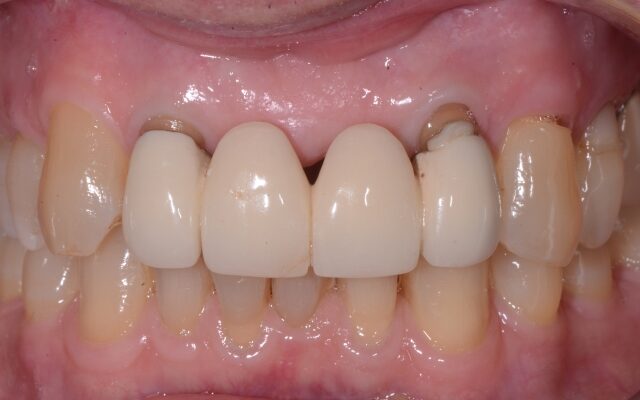Pontics are artificial teeth that are used in dental bridges to replace lost natural teeth. They come in a variety of forms, sizes, and materials, each tailored to the individual demands of patients as explained by a Tukwila dentist. In this post, we’ll look at the many types of pontics used in dental bridges.
Traditional Pontics
Also known as conventional pontics, are the most prevalent form of pontics utilized in dental bridges. They are made of a strong prosthetic tooth that is intended to cover the gap created by lost teeth. Traditional pontics are created from a range of materials, including porcelain, metal, or a mix of the two.
Ridge Lap Pontics:
Ridge lap pontics, also called saddle pontics, are intended to conform tightly against the gum tissue, resulting in a natural appearance. Ridge lap pontics differ from typical pontics in that they are designed to fit into the space left by the lost tooth, resulting in a smooth transition between the pontic and the surrounding gum tissue.
Maryland Bridge Pontics
Maryland bridge pontics, commonly referred to as resin-bonded pontics, are a conservative method of repairing missing teeth. Traditional pontics are kept in place by dental crowns on neighboring teeth, whereas Maryland bridge pontics are bonded directly to the back of the adjacent teeth using a metal or porcelain framework.
Modified Ridge Lap Pontics:
Modified ridge lap pontics are similar to ridge lap pontics but feature a slight modification to the underside of the pontic to improve stability and support. This modification helps distribute the forces of chewing more evenly across the pontic, reducing the risk of damage to the surrounding teeth and tissues.
Cantilever Bridge Pontics:
Cantilever bridge pontics are utilized when there is just one normal tooth next to the missing one. A cantilever bridge anchors the pontic to the next tooth on only one side, as opposed to both sides as in standard bridges. This type of bridge is commonly utilized in parts of the mouth with less stress on the teeth.
Pontics play an important part in dental bridges, offering a practical and aesthetically pleasing substitute for missing teeth. Understanding the many types of pontics available and their unique qualities will allow you to collaborate with your dentist to select the best solution for your specific needs and confidently restore your smile. If you are missing teeth and considering a dental bridge, schedule a consultation with your dentist to explore your treatment options and find the right solution for you.













Comments